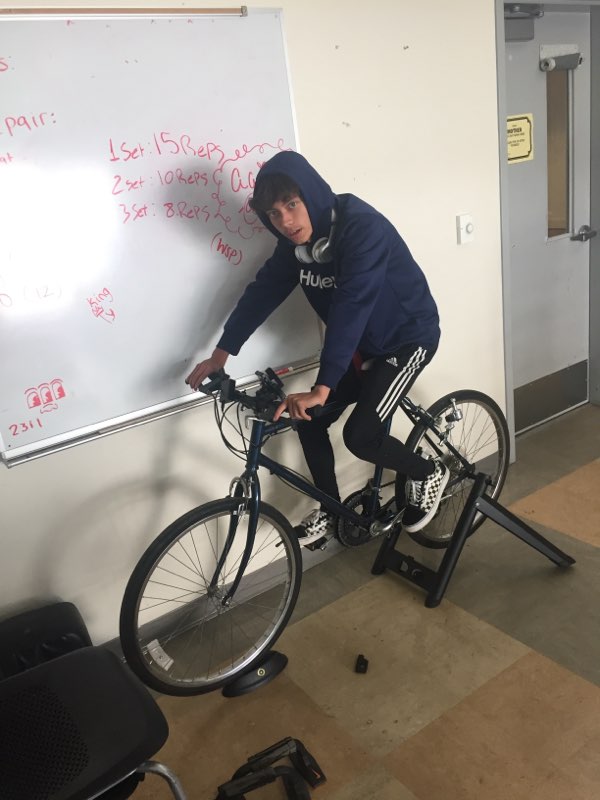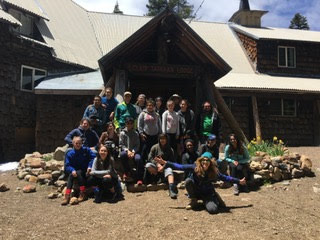
2018, Sacramento, California, USA
Evelin Pelayo knew that if her fellow students were to become stewards of the watershed, they first needed to engage directly with it through hands-on study of our natural resources. Without this direct experience, she felt it would be more difficult for her classmates to feel connected to the natural world and make choices to protect it. Therefore, Evelin wrote a proposal to fund a field trip to Donner Summit, where students would collect and analyze data under the guidance of Headwaters Institute staff.
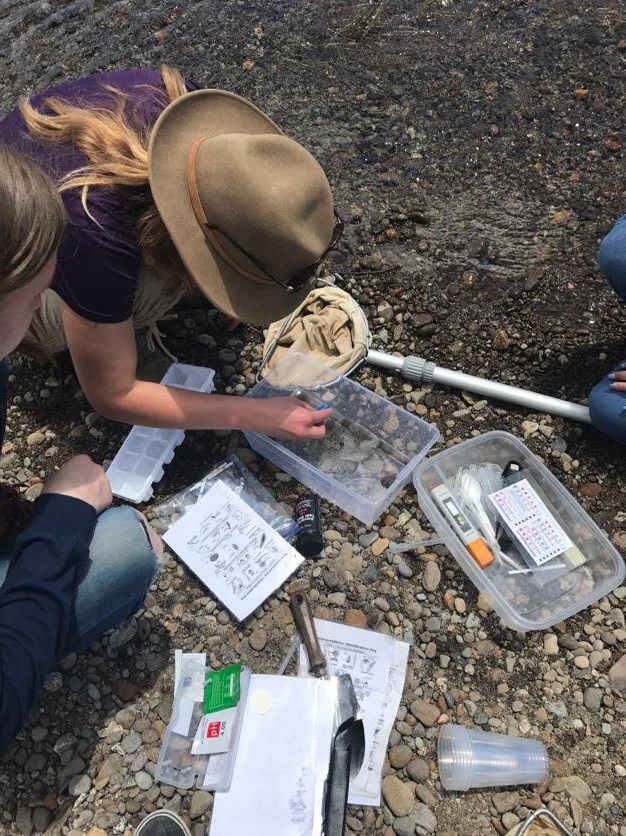
Each group studied a different aspect of Watershed Biology. For example, her group studied water depth and flow in relation to the number and species of invertebrates, while another sampled vegetation at various distances from water to compare.
Evelin’s Caring for Our Watersheds proposal and funding from Nutrien helped more of her classmates have this unique experience, in which they learned about scientific data collection techniques, the interaction of biotic and abiotic factors, the local environment, and each other on a whole new level.

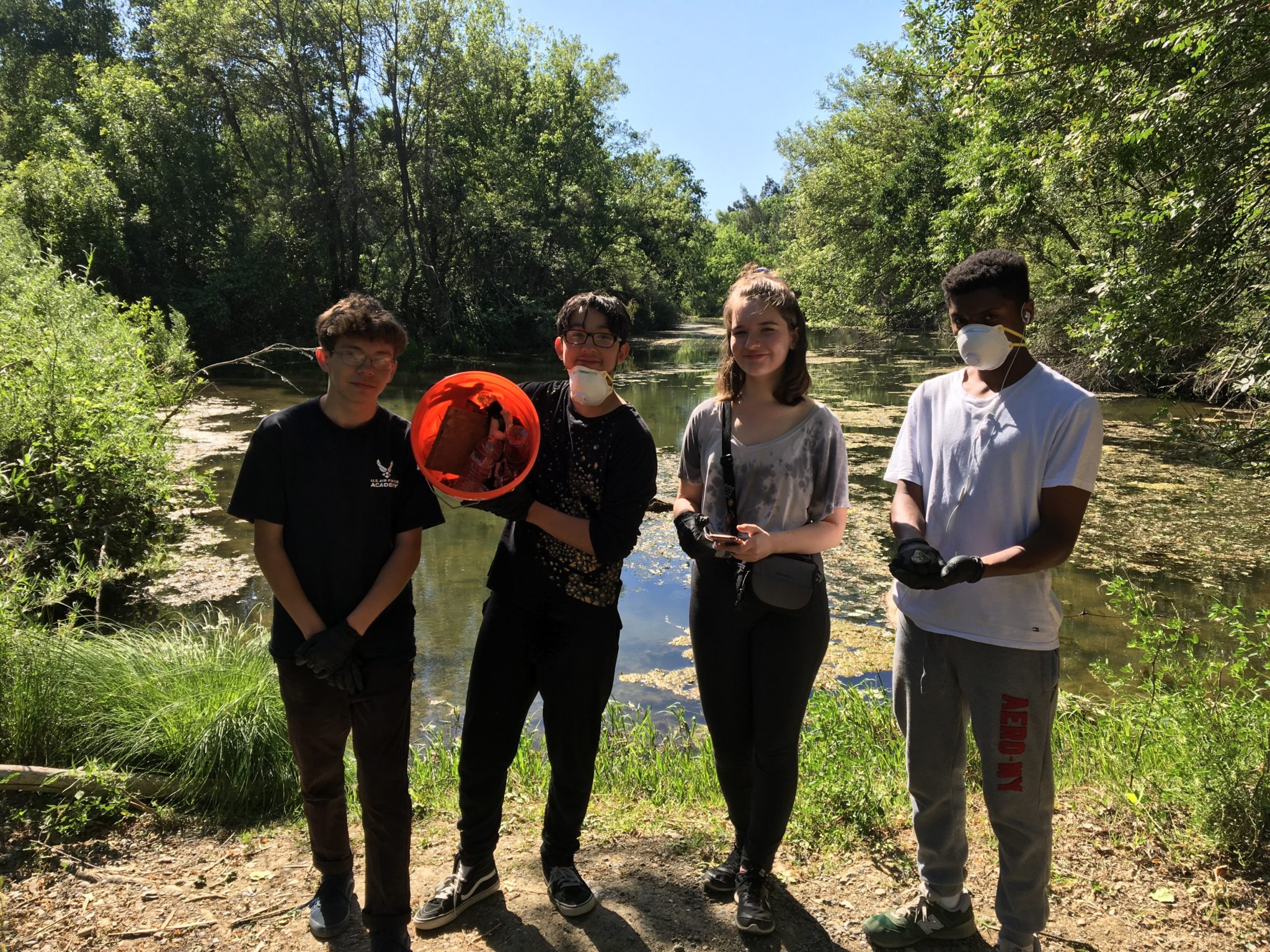
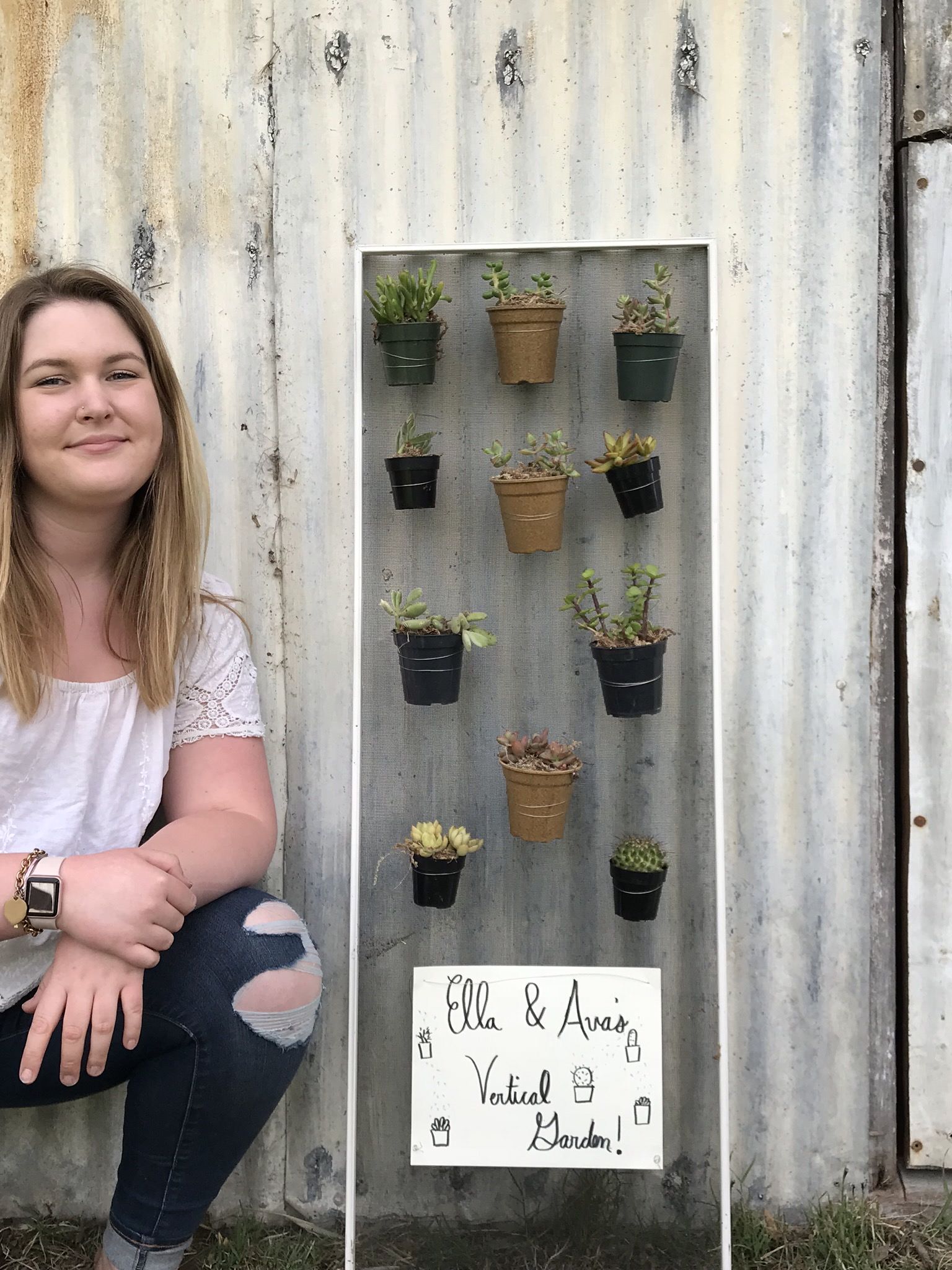
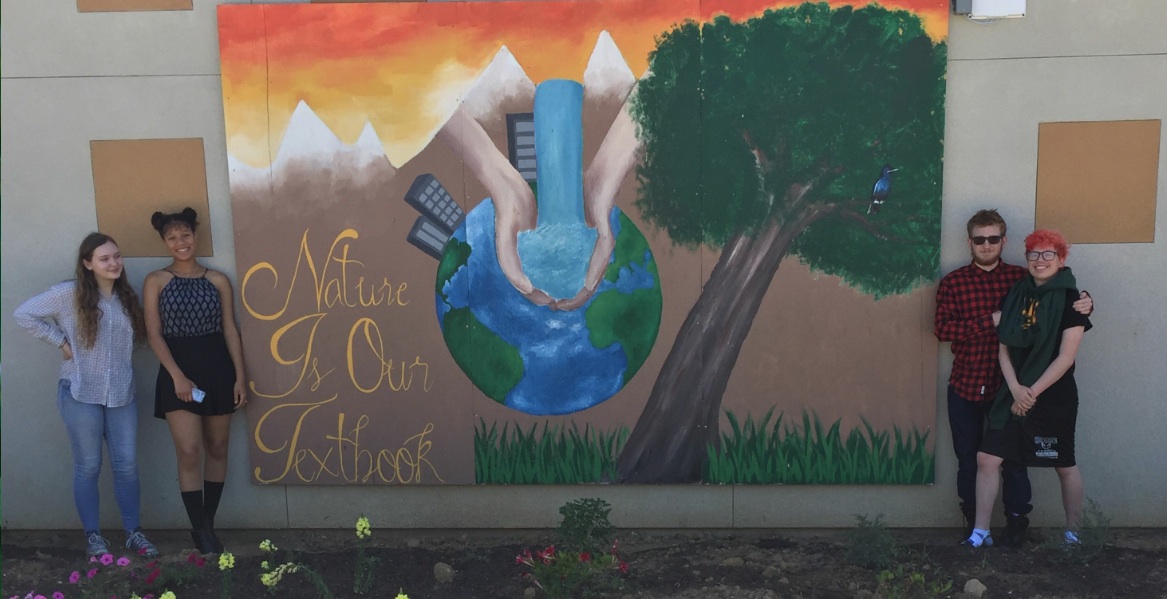
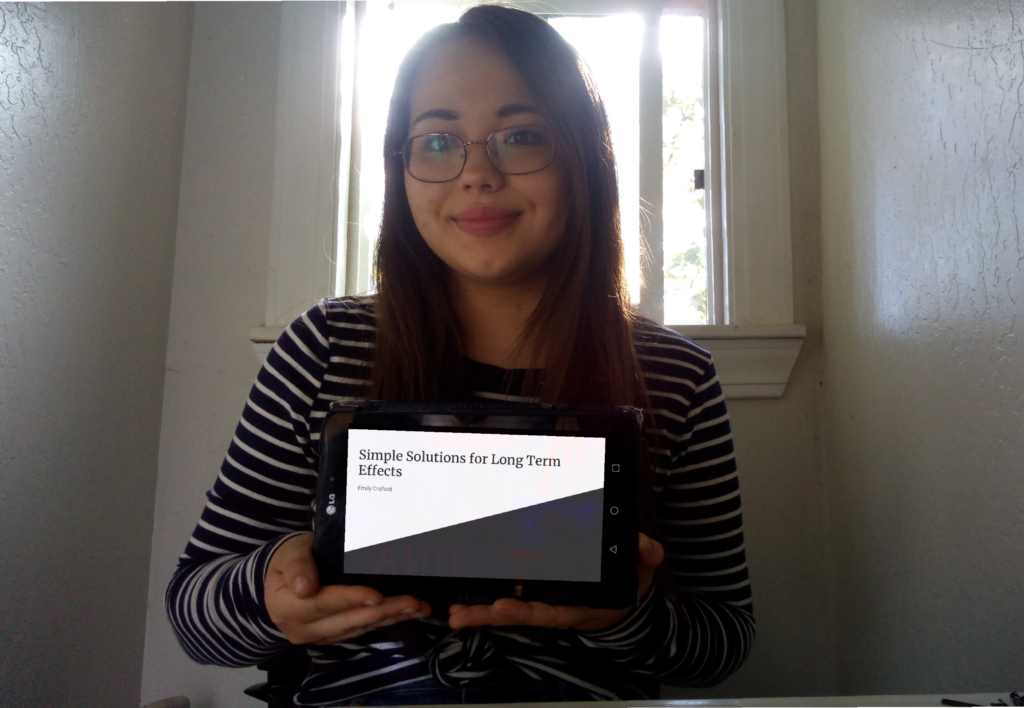
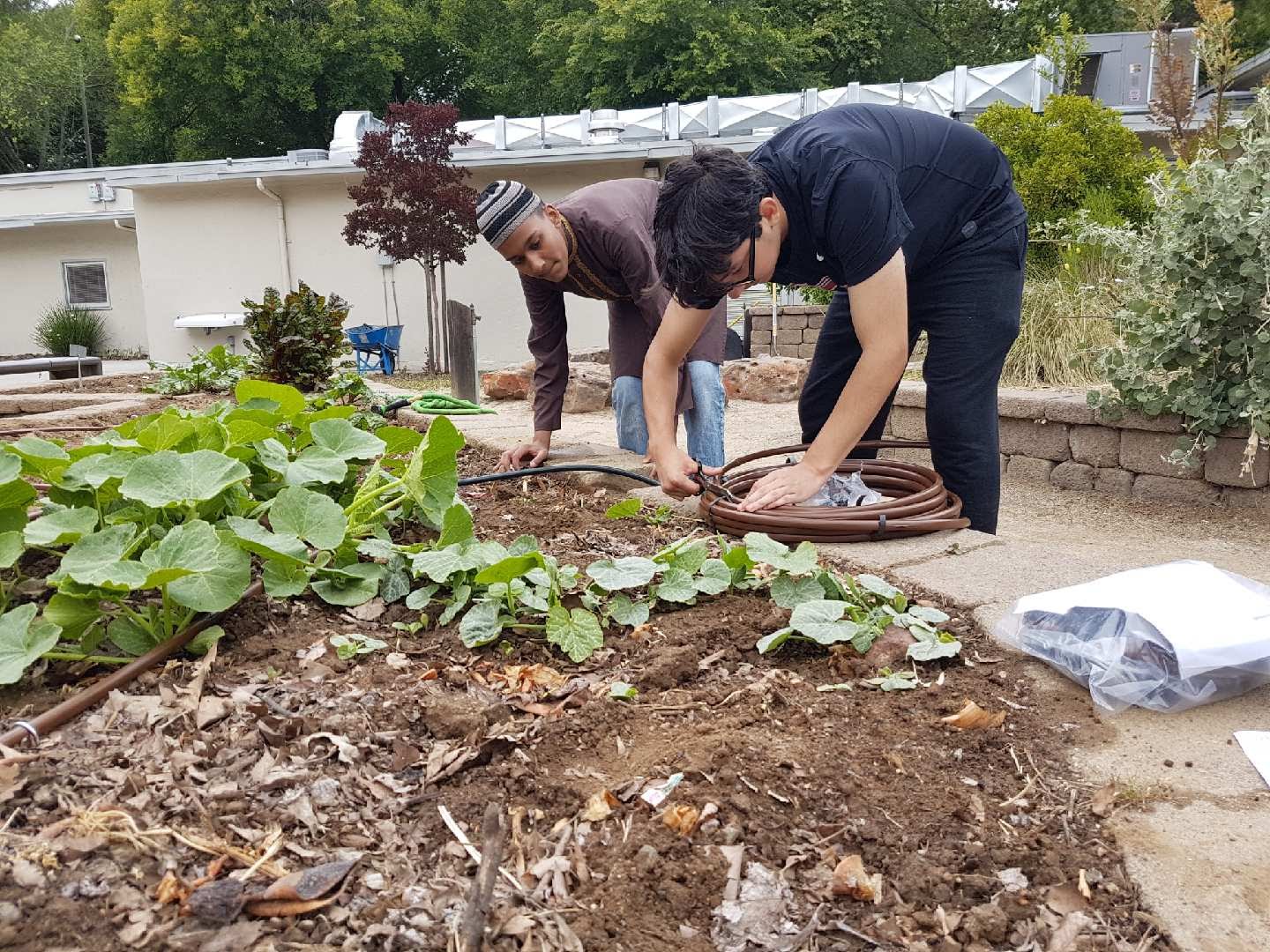
 motivate others to create change in their community.
motivate others to create change in their community.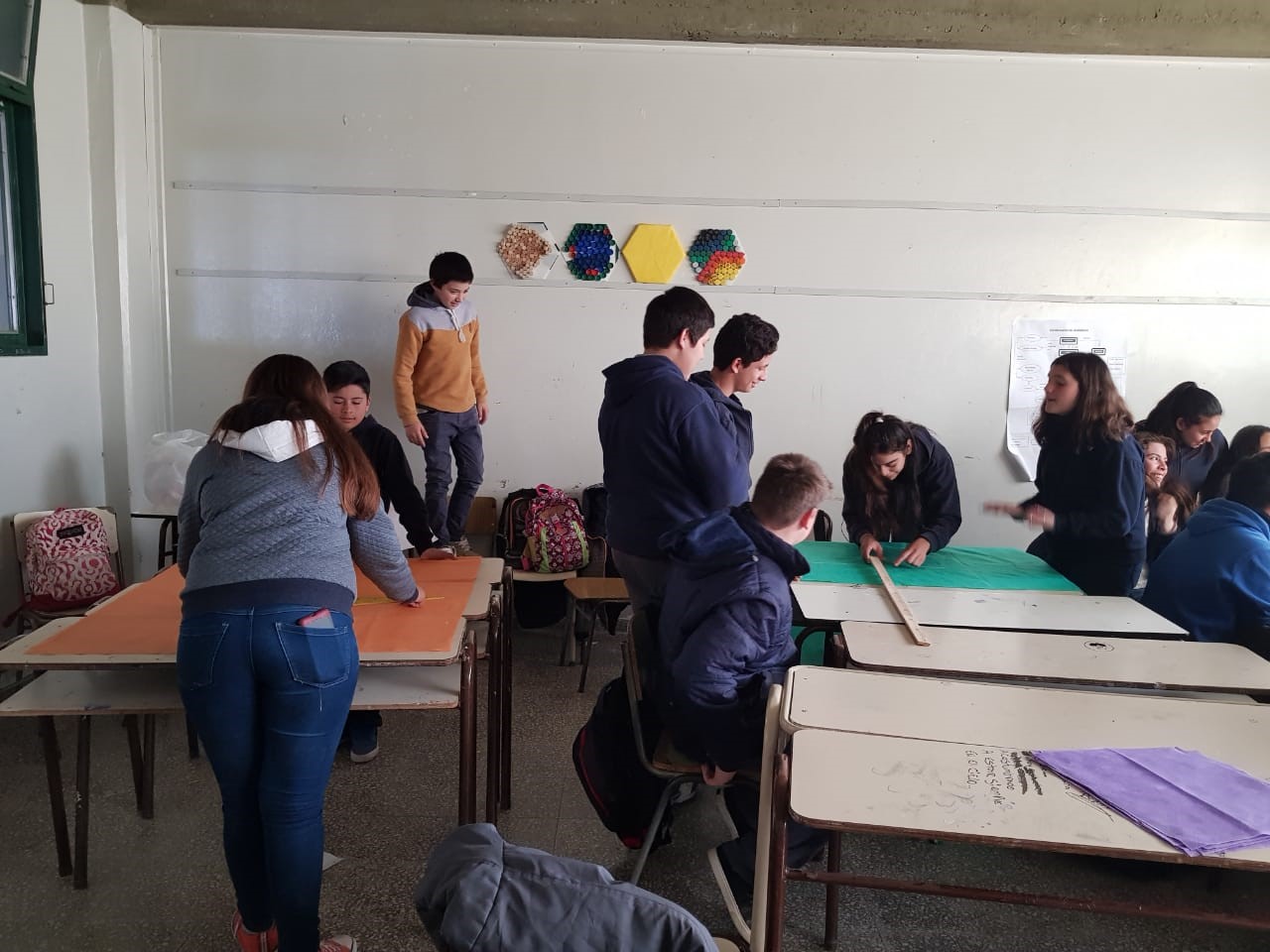
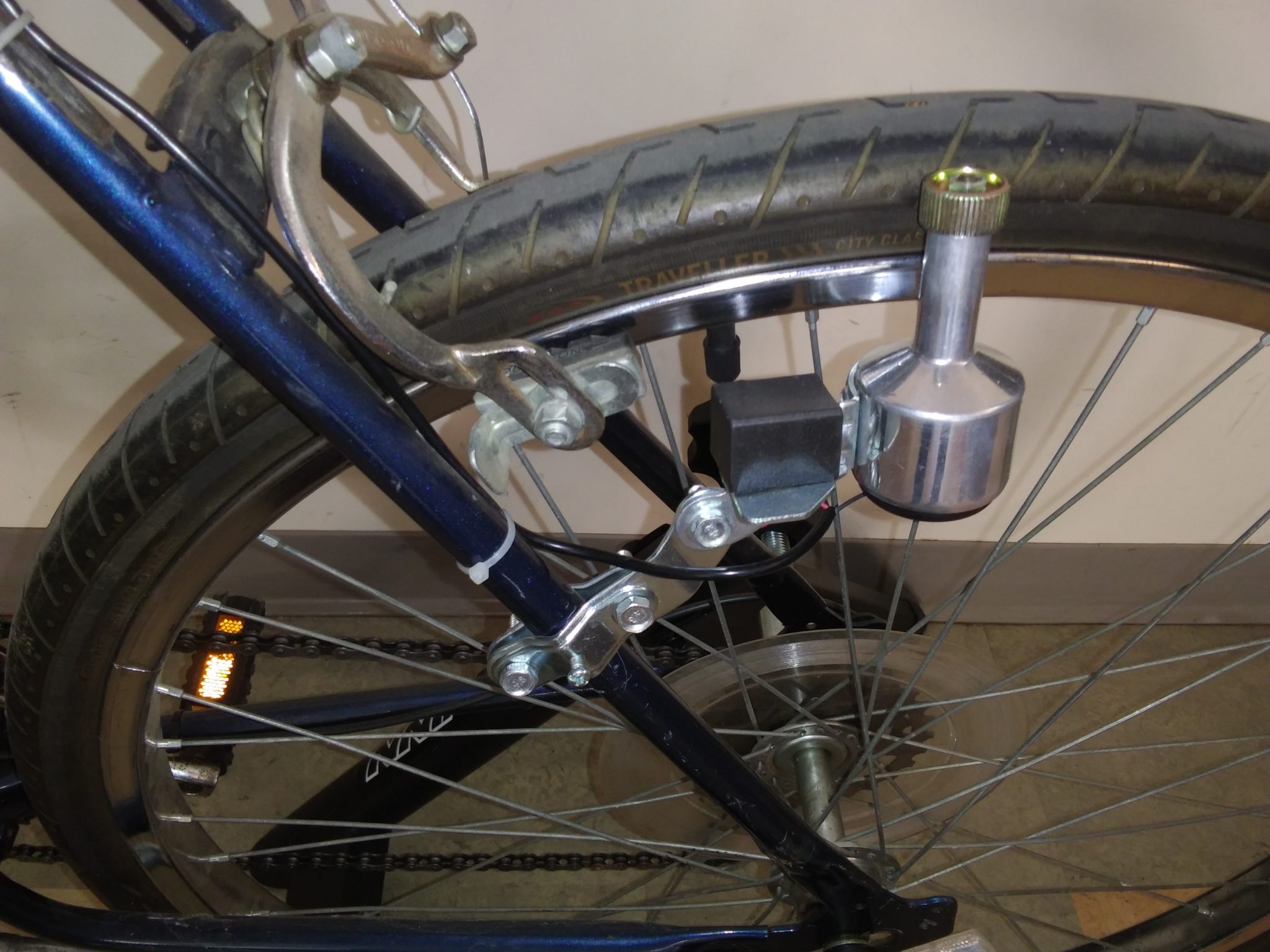 2018, Sacramento, California, USA
2018, Sacramento, California, USA